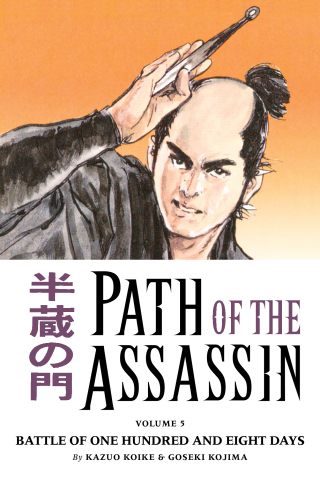Por:
Eliana Corredor Tobón
|
Fecha:
2013
Since the last two decades, touch as a sense that could be extended by means of technology has become a major topic for interaction design.The following Thesis examines how touch has been approached by Digital Media and specifically by Interaction Design the last decades. Following this exam there appears to be two main ways in which touch is offered and narrated: Either as Haptic interactions which mention touch as the possibility of simulating Closeness and Intimacy, or as Tangible interactions where touch becomes critical, subversive or monstrous as it opposes to other inmaterial digital media.
By a media archeological methodology of finding Topos (cliches or recurrent narrations that spread and repeat in time and different cultures), both strangeness and intimacy as narrations of touch within interaction design were analyzed from the perspective of a ‘tactiloclasm tradition’ in western culture and the return of touch as the ‘other’. Touch as closeness and intimacy, a narration which often appears in Haptic screen-based interactions, was found connected to tactiloclasm as it presents a private and pleasurable immaterial touch that is clean and free of any co-implication: touch is black boxed.
By the other hand, the narration of Touch as strangeness, which often appears in Critical Design and Digital Fabrication, was found connected to a nostalgia for a supposed primitive fetishistic touch: touch returns in digital media as strangeness, monstrousity, criticality or subversiveness. As a proposal to confront these two recurrent narrations, the second part of this Thesis presents the idea of a design inquiry and the construction process of 5 smart phone cases that materialize the fat traces left by the users on the screens of their devices. The cases intend to open the black box of hidden haptic touch and confront into what we consider monstrous in touch relations. The co-implication of humans and artifacts is embodied.



